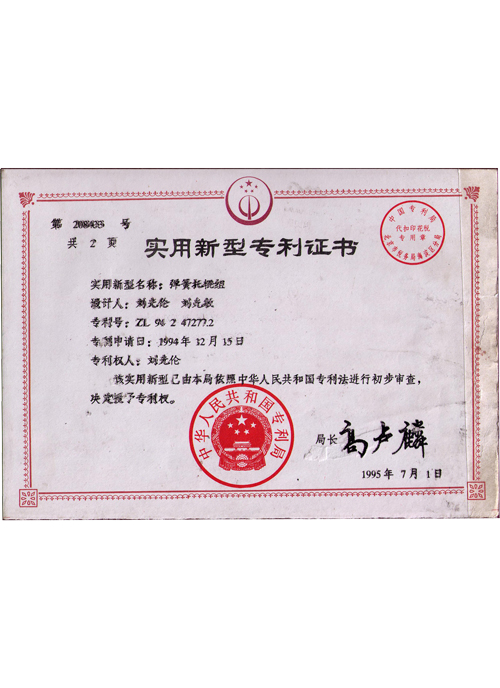 Afrikaans
Afrikaans  Albanian
Albanian  Amharic
Amharic  Arabic
Arabic  Armenian
Armenian  Azerbaijani
Azerbaijani  Basque
Basque  Belarusian
Belarusian  Bengali
Bengali  Bosnian
Bosnian  Bulgarian
Bulgarian  Catalan
Catalan  Cebuano
Cebuano  Corsican
Corsican  Croatian
Croatian  Czech
Czech  Danish
Danish  Dutch
Dutch  English
English  Esperanto
Esperanto  Estonian
Estonian  Finnish
Finnish  French
French  Frisian
Frisian  Galician
Galician  Georgian
Georgian  German
German  Greek
Greek  Gujarati
Gujarati  Haitian Creole
Haitian Creole  hausa
hausa  hawaiian
hawaiian  Hebrew
Hebrew  Hindi
Hindi  Miao
Miao  Hungarian
Hungarian  Icelandic
Icelandic  igbo
igbo  Indonesian
Indonesian  irish
irish  Italian
Italian  Japanese
Japanese  Javanese
Javanese  Kannada
Kannada  kazakh
kazakh  Khmer
Khmer  Rwandese
Rwandese  Korean
Korean  Kurdish
Kurdish  Kyrgyz
Kyrgyz  Lao
Lao  Latin
Latin  Latvian
Latvian  Lithuanian
Lithuanian  Luxembourgish
Luxembourgish  Macedonian
Macedonian  Malgashi
Malgashi  Malay
Malay  Malayalam
Malayalam  Maltese
Maltese  Maori
Maori  Marathi
Marathi  Mongolian
Mongolian  Myanmar
Myanmar  Nepali
Nepali  Norwegian
Norwegian  Norwegian
Norwegian  Occitan
Occitan  Pashto
Pashto  Persian
Persian  Polish
Polish  Portuguese
Portuguese  Punjabi
Punjabi  Romanian
Romanian  Russian
Russian  Samoan
Samoan  Scottish Gaelic
Scottish Gaelic  Serbian
Serbian  Sesotho
Sesotho  Shona
Shona  Sindhi
Sindhi  Sinhala
Sinhala  Slovak
Slovak  Slovenian
Slovenian  Somali
Somali  Spanish
Spanish  Sundanese
Sundanese  Swahili
Swahili  Swedish
Swedish  Tagalog
Tagalog  Tajik
Tajik  Tamil
Tamil  Tatar
Tatar  Telugu
Telugu  Thai
Thai  Turkish
Turkish  Turkmen
Turkmen  Ukrainian
Ukrainian  Urdu
Urdu  Uighur
Uighur  Uzbek
Uzbek  Vietnamese
Vietnamese  Welsh
Welsh  Bantu
Bantu  Yiddish
Yiddish  Yoruba
Yoruba  Zulu
Zulu conveyor return idler
Understanding Conveyor Return Idlers A Key Component in Material Handling
In the realm of material handling systems, conveyor belts play an integral role in transporting various materials efficiently. Among the various components of a conveyor system, return idlers are critical for maintaining the overall functionality and longevity of the belt. This article explores the significance of conveyor return idlers, their design, functionality, and benefits to material handling operations.
What is a Conveyor Return Idler?
A conveyor return idler is an essential part of a conveyor belt system. It is designed to support the return side of the conveyor belt as it moves back to the loading area after discharging its materials. These idlers are typically positioned in a series and are crucial for preventing excessive sagging of the belt, which can lead to wear and tear over time. The idlers play a significant role in ensuring that the conveyor system operates smoothly and efficiently.
Design and Functionality
Return idlers are commonly engineered with a variety of materials, including steel and rubber. The choice of material depends largely on the application, as certain materials may be better suited for specific environments. For instance, heavy-duty steel return idlers are often utilized in mining and heavy-duty industries, where durability is paramount. On the other hand, lighter rubber or plastic idlers may be employed in less demanding environments.
One of the key functions of return idlers is to maintain proper belt tension. The idlers help in distributing the weight of the returning belt evenly, which prevents it from sagging and rubbing against other components of the conveyor system. This proper alignment is crucial for reducing friction and minimizing wear on both the belt and the idlers.
conveyor return idler

Additionally, return idlers can also assist in maintaining the cleanliness of the conveyor system. Some designs incorporate features that allow for easy cleaning and maintenance. By preventing material buildup on the return side of the belt, idlers contribute to the overall efficiency and longevity of the conveyor system.
Benefits of Conveyor Return Idlers
Incorporating high-quality return idlers into a conveyor system offers numerous advantages. First and foremost, they help reduce operational costs by minimizing wear and tear on the conveyor belt. A well-maintained belt translates to lower replacement costs and reduced downtime, leading to increased operational efficiency.
Moreover, return idlers also enhance safety in the workplace. By keeping the conveyor belt properly aligned and tensioned, the likelihood of belt misalignment or failure is significantly reduced. This can help to prevent accidents and injuries associated with malfunctioning conveyor systems.
Furthermore, the proper functioning of return idlers contributes to a more eco-friendly operation. Reduced friction means lower energy consumption, which not only saves costs but also minimizes the environmental impact of running machinery.
Conclusion
In summary, conveyor return idlers are indispensable components of any conveyor system, serving essential functions in maintaining belt alignment and tension while enhancing safety and efficiency. As industries continue to evolve, the design and engineering of return idlers will also advance, ensuring that material handling systems remain robust and effective. Investing in high-quality conveyor return idlers is not only a commitment to operational excellence but also a strategic move toward achieving sustainability in material handling practices. Understanding their role underscores the importance of these components in the overall success of conveyor systems across various industrial applications.
-
Revolutionizing Conveyor Reliability with Advanced Rubber Lagging PulleysNewsJul.22,2025
-
Powering Precision and Durability with Expert Manufacturers of Conveyor ComponentsNewsJul.22,2025
-
Optimizing Conveyor Systems with Advanced Conveyor AccessoriesNewsJul.22,2025
-
Maximize Conveyor Efficiency with Quality Conveyor Idler PulleysNewsJul.22,2025
-
Future-Proof Your Conveyor System with High-Performance Polyurethane RollerNewsJul.22,2025
-
Driving Efficiency Forward with Quality Idlers and RollersNewsJul.22,2025





























